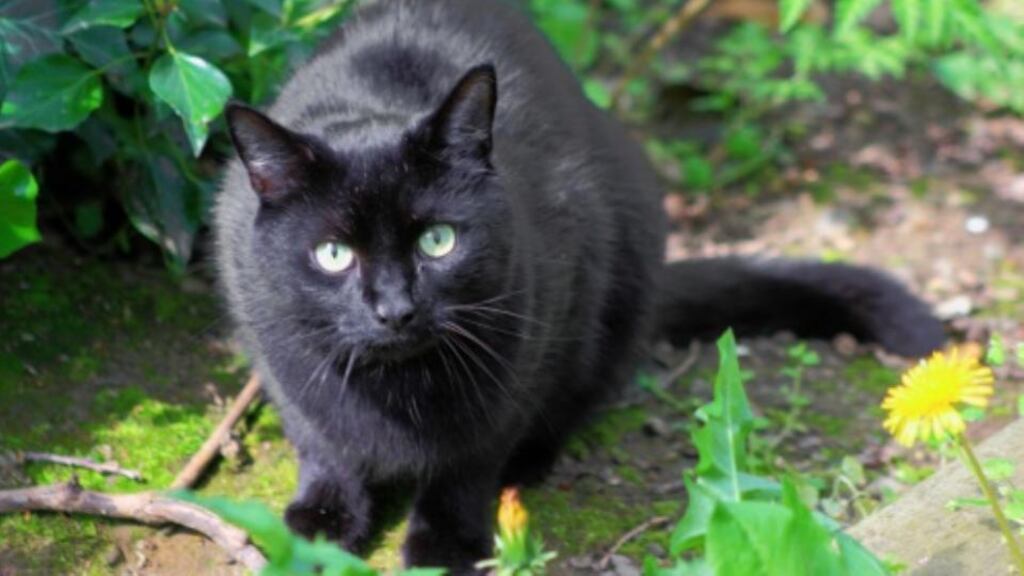I took a one-week course in Cruinnscríobh na Gaeilge (Accurate Writing of Irish) in Baile an Fhirtéaraigh this summer. It was wonderful. Outstanding teaching, great social activities. The average age of participants was 60 – so it was Irish college not so much for grown-ups as for pensioners.
Some people expressed surprise that I was doing it. They thought I knew Irish already. It is difficult to explain to non-Irish speakers that even those who are fluent don’t necessarily speak or write the language with total accuracy. In fact, very few people do the latter – even people like me, who write regularly in Irish. In the summer class in Ballyferriter were some “native Irish speakers”, several professors (not of Irish) and a handful of poets and novelists.
Irish is a difficult language. Although it is said to be easier to spell and more regular from that point of view than English, it is much more highly inflected than many modern European languages. This means that people can have a big vocabulary, can speak, write and manipulate the language skilfully but nevertheless make botúns the whole damned time. The phrase líofa lofa (“fluent but flawed”) refers to denizens of the Gaelscoileanna. But a large proportion – I would guess the majority – of fluent Irish speakers are lofa to some extent. This doesn’t really matter much in the spoken language. But when writing it’s desirable to get it right.
Explaining why I was taking classes in Irish, while at the same time writing a novel in Irish, to a Swedish friend, whose language is a bit more inflected than English, but much more regular than Irish, I declined the word English cat, qualified by the adjective black, as if it were Irish (as it happens, the Irish for “cat” is “cat”.)
This is how it would look:
The cat black is crazy.
Oh chait bhlaick!
I kick the cat black.
The tail of the chait bhlaick is long.
Talk to the chat black.
In English – as you know – “black cat” remains constant in all these cases. But in Irish it changes, head and tail, all the time. “Cat” is a masculine noun of the first declension and one of the easiest to decline. Most of the ordinary líofa lofa brigade have no problem becoming familiar with the inflections necessary in the notorious genitive (possessive case) and the less challenging dative ( the “giving” case, indicating “to” or “for” in Latin, and in Irish applied to nouns after those and several other simple prepositions, such as “on”, “with”, “under” “over”). But it gets much more complicated than that, where other nouns are concerned – such as bean. The “big woman” would look something like this:
The whoman bhig is kind.
Oh whoman bhig!
I kiss the whoman bhig.
The hat of the mwona bige is over the top.
Talk to the mwoman bhig.
Dentals
“Bean” is challenging in the genitive. And yet,most líofa lofas handle it, since of course it is a common word. When you get to the agreement of nouns and adjectival nouns when the main noun is feminine and both words end in dentals (ie in d, n, t, l or s) it gets worse. That is the sort of thing we dealt with in the Cruinnscríobh na Gaeilge course. Intricacies were lucidly explained by our fantastic teacher, Caitríona Ní Chathail, amid great hilarity. If only we could remember half of what she said!
Does the complicated nature of Irish grammar affect the Irish mind? If so, how?
Well! It might make it complex, subtle, nuanced. Intelligent and retentive. Also, ambivalent and uncertain. Probably all admirable qualities for the artist or writer. Some of those traits may not be so useful when it comes to legal matters, or governance. Would it explain why it is okay to have a Minister for the Gaeltacht who doesn’t really know plain Irish, not to mention how to handle the collision of final dentals in nouns and adjectives? Does it explain some of the baffling fussiness of certain laws? Why, for instance, you can have access to abortion in Ireland if you prove you are suicidal, which you can prove only if you follow through on your intent? Alternatively, if you jump through a hoop the size of a thimble witnessed by three doctors, one of whom has a degree in Old High German, we may believe you are an honest woman. (Different rules apply in Donegal and certain parishes in Kerry.) Oh, and if you come from a Gaelscoil in south county Dublin and have access to your mother’s credit card, you don’t need to bother about any of these regulations. Just catch the next Aircoach, a thaisce!
Should we consider simplifying our grammar? And, more importantly, the way we think, plan and legislate?
Sin ceist!
Éilís Ní Dhuibhne is a writer and critic. Her latest publication is a chapter in the collaborative novel Sister Caravaggio (Liberties Press). Her last novel was Dordán (Cois Life)








